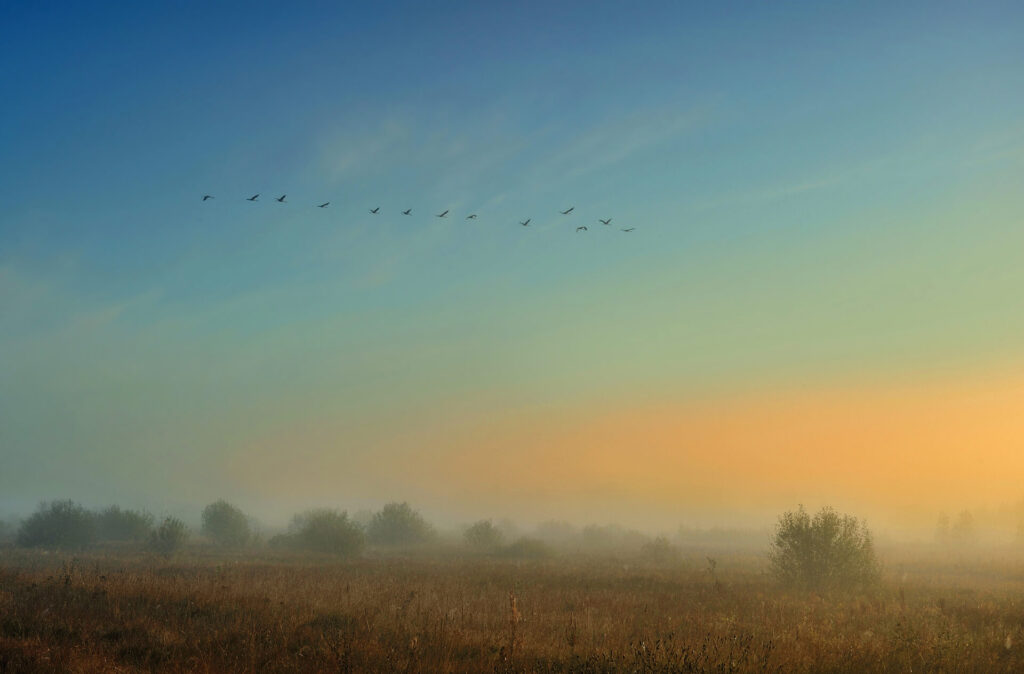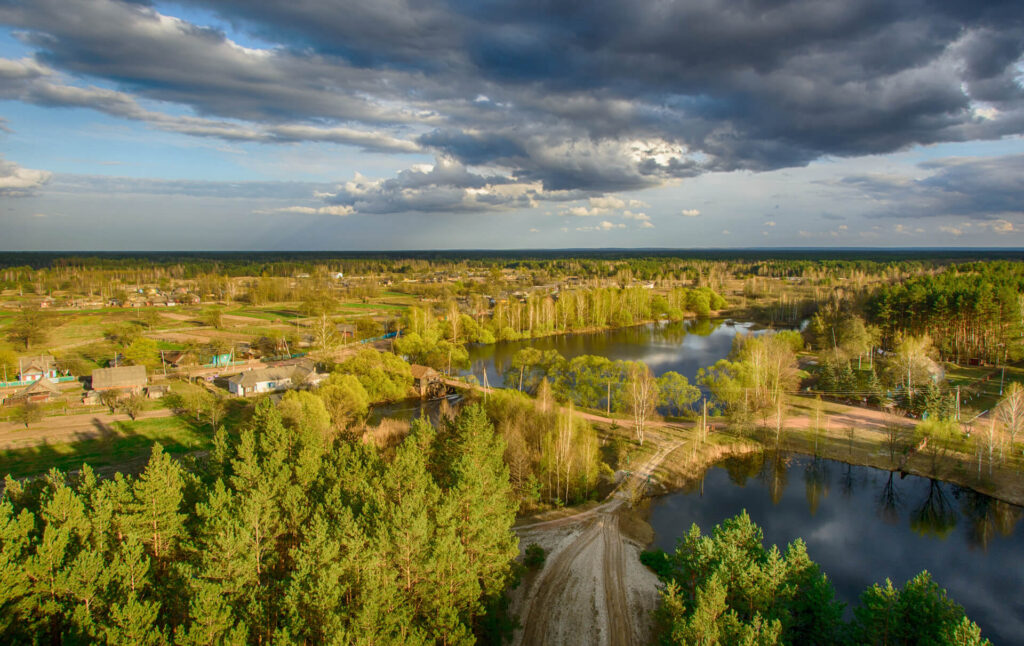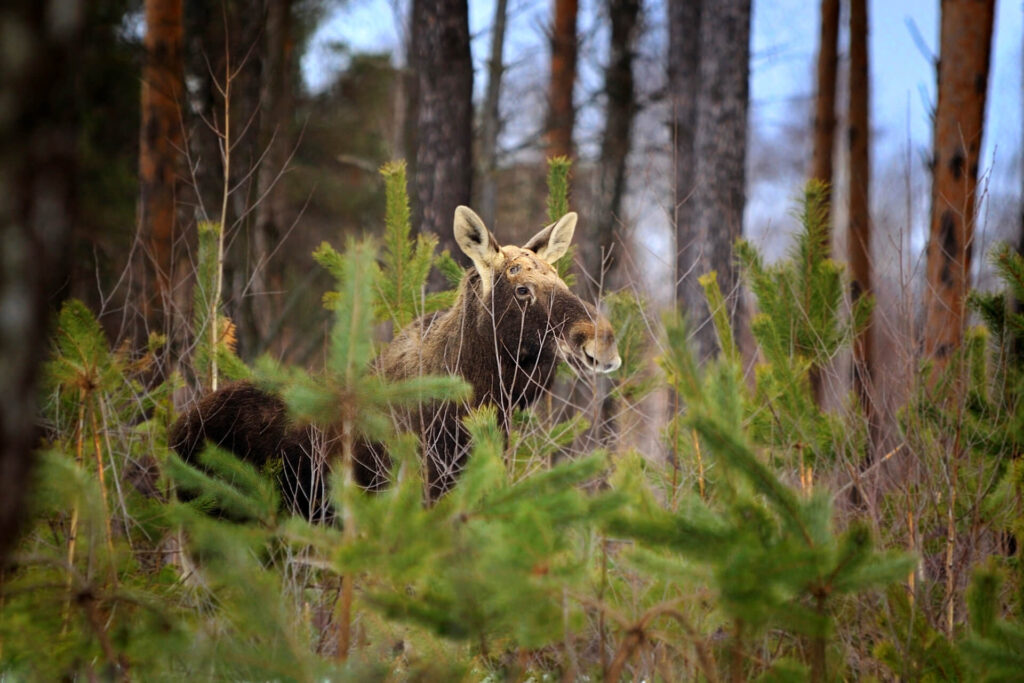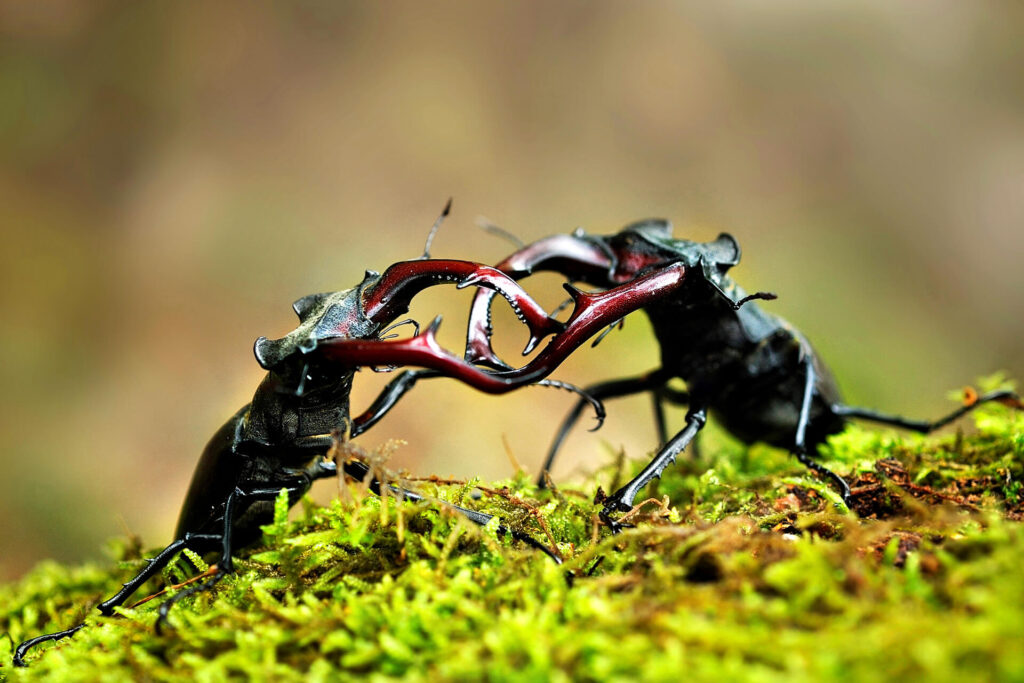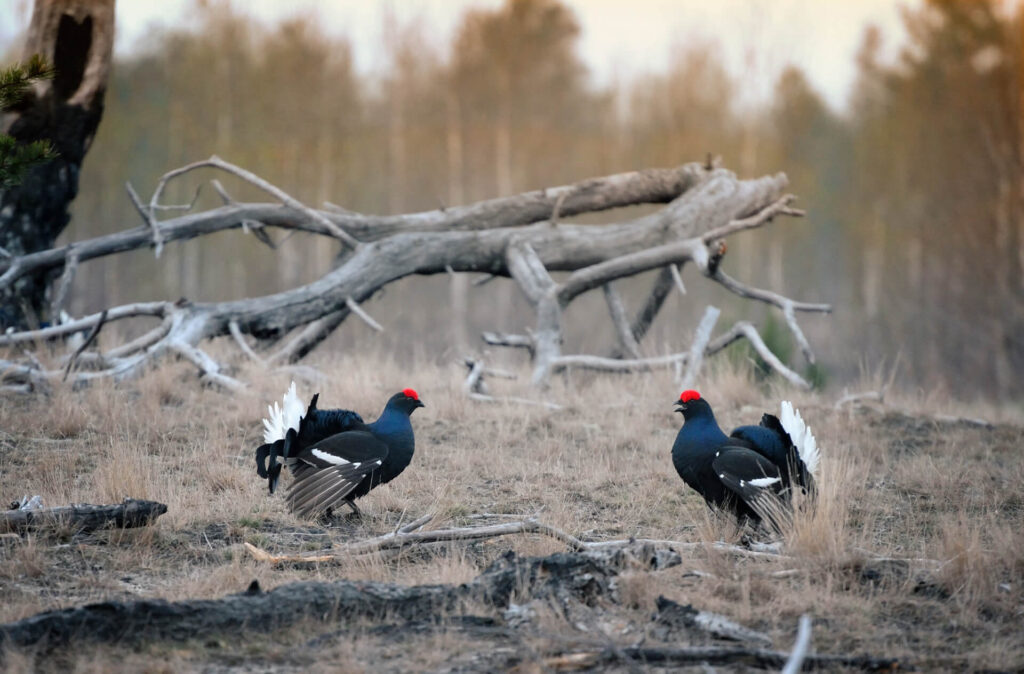Polissia
Polissia Nature Reserve is a unique nature conservation area located in Ukraine’s Zhytomyr region, stretching across the Olevsk and Ovruch districts. The reserve covers an area of 20,104 hectares and aims to preserve natural complexes typical of Polissia, including relict and endemic species of plants and animals.
The reserve is characterised by post-glacial landscapes that are blanketed with a patchwork of dense forests, bogs and sand ridges that rise above marshes and river floodplains. These unique natural complexes provide vital habitats for wide diversity of wildlife.
The reserve’s flora includes more than 600 species of vascular plants. Among them, there are rare and endangered species listed in the Red Book of Ukraine. Forests in the reserve are dominated by pine, oak and birch trees, as well as plant life characteristic of marshlands.
The reserve’s fauna includes more than 300 species of vertebrates. Among them are elk, wild boar, wolf, lynx, badger and otter. Birdlife is represented by species such as the grey crane, black stork, white-tailed eagle, great grey owl and grouse. There is also a rich diversity of insect species, including many butterflies and beetles.
The Polissia Strict Nature Reserve is an important centre for scientific research, with the reserve’s untouched landscapes providing scientists with the opportunity to study environments in their natural state, monitor the health of ecosystems and develop effective nature conservation measures. The reserve also provides opportunities for environmental education, where the younger generation can engage with conservation work in action.
Since russia’s invasion of Ukraine in early 2022, the Frankfurt Zoological Society (FZS) has been supporting the Poliskyi Strict Nature Reserve with partial coverage of operational costs. The FZS also systematically supports biomonitoring, in particular by providing camera traps and equipment for monitoring birdlife.
